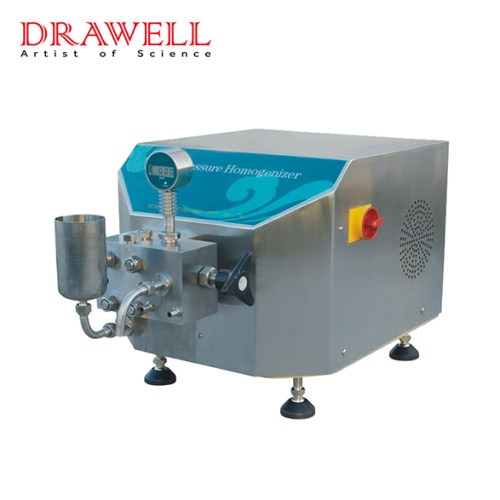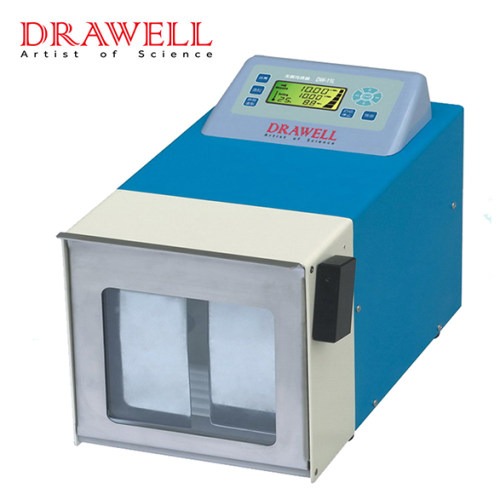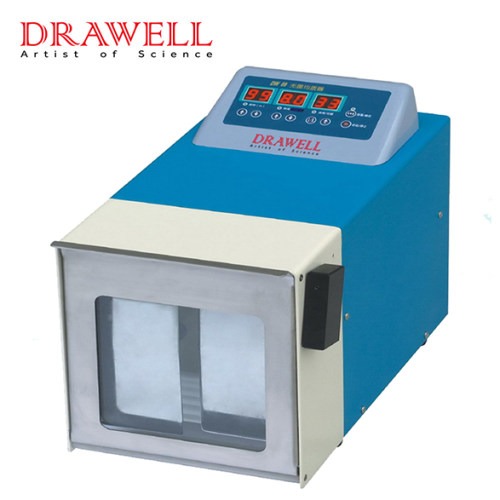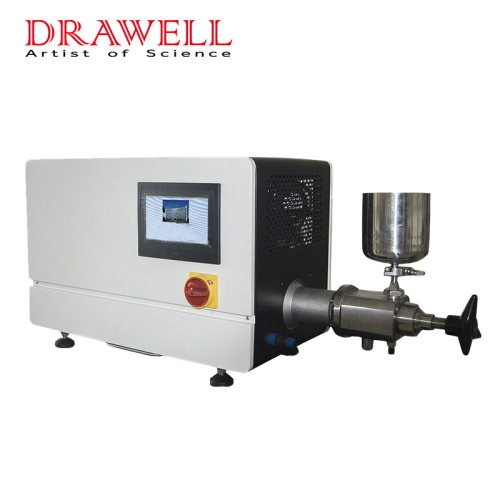High pressure homogenizers are commonly used for cell disruption, which is the process of breaking open cells to release their contents, such as proteins, enzymes, and nucleic acids. Cell disruption is an important step in many biological and biotechnological processes, including the production of vaccines, antibodies, and biofuels.
Explanation of How High Pressure Homogenizers Can Be Used for Cell Disruption

To use a high pressure homogenizer for cell disruption, the cells are first suspended in a liquid medium, such as buffer or saline solution. The suspension is then pumped into the high pressure chamber of the homogenizer, where it is subjected to high pressure and shear forces. The pressure and flow rate are carefully controlled to achieve the desired level of cell disruption without damaging the released intracellular components.
As the cell suspension passes through the small orifice or valve of the homogenizer, the high pressure forces cause the cells to rupture, releasing their contents into the surrounding liquid medium. The released components can then be collected and further processed as needed.
Overall, high pressure homogenizers are powerful tools for cell disruption, and because high pressure homogenizers provide several advantages for cell disruption, they are widely used in biology and biotechnology, some of which include:
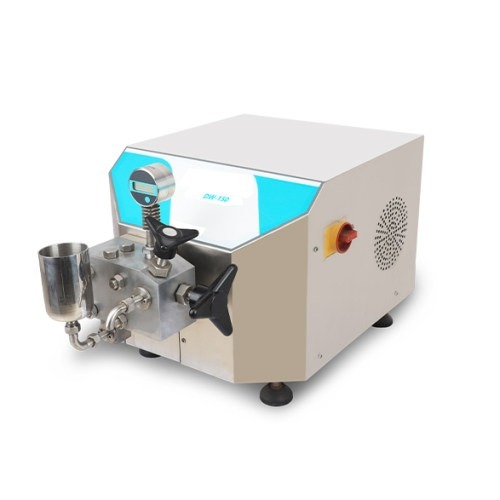
Advantages of High Pressure Homogenizers for Cell Disruption
- Ability to achieve high levels of disruption: High pressure homogenizers can achieve a high level of cell disruption due to the intense shear forces generated by the high pressure forces. This leads to an efficient release of intracellular components, such as proteins and enzymes, which can then be used for downstream applications. Additionally, the homogenization process can be repeated multiple times to achieve even higher levels of disruption if necessary.
- Consistency of results: High pressure homogenizers can provide consistent results from batch to batch, which is important for reproducibility and scale-up. The homogenization process can be tightly controlled in terms of pressure, flow rate, and other parameters, which helps to ensure consistent and uniform cell disruption.
- Scalability: High pressure homogenizers are scalable, meaning that they can be used for both small-scale laboratory applications and large-scale industrial production. The ability to scale up the process allows for increased efficiency and cost savings, as larger quantities of material can be processed in a shorter amount of time.
Limitation of High Pressure Homogenizers for Cell Disruption
While high pressure homogenizers offer several advantages for cell disruption, there are also some limitations to their use. Some of these limitations include:
- The potential for shear-induced damage to delicate biomolecules: High pressure homogenization can generate intense shear forces, which can cause damage to delicate biomolecules, such as enzymes and proteins. This can result in a loss of activity and functionality of the released intracellular components. However, this limitation can be overcome by optimizing the pressure, flow rate, and other parameters to minimize shear-induced damage. Additionally, alternative cell disruption techniques, such as sonication, may be more suitable for fragile biomolecules.
- The need for specialized equipment: High pressure homogenizers require specialized equipment, which can be expensive and may require skilled operators. The high pressure chambers and valves of the homogenizers must be designed to withstand the intense pressure and shear forces, which can limit the options for customization and adaptability. Additionally, the maintenance and repair of the equipment can be challenging, which may result in downtime and lost productivity.
To sum up, while high pressure homogenizers offer several advantages for cell disruption, there are also some limitations to their use. The potential for shear-induced damage to delicate biomolecules and the need for specialized equipment can be overcome with careful optimization and planning, but it is important to consider these limitations when choosing a cell disruption method for a particular application.
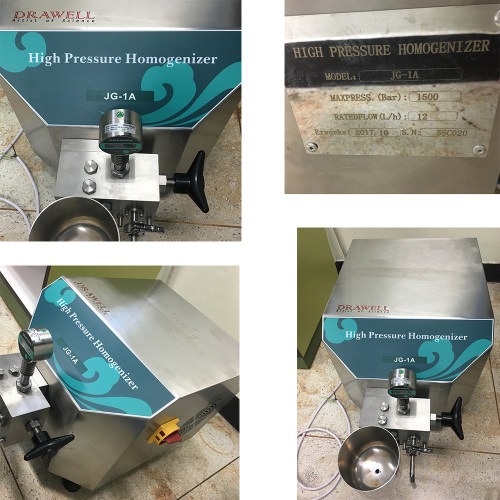
Applications of High Pressure Homogenizers for Cell Disruption
High pressure homogenizers are widely used for cell disruption in a variety of applications. Some of the common applications include:
- Extraction of intracellular proteins: High pressure homogenizers is often used to extract intracellular proteins from microbial cells, such as bacteria and yeast. The released proteins can be used for a wide range of applications, including the production of enzymes, biopharmaceuticals, and industrial chemicals.
- Preparation of vaccines: High pressure homogenization is used to prepare vaccines by disrupting cells, such as bacteria or viruses, to release antigens. The released antigens can then be purified and used to produce vaccines. High pressure homogenizers are often used in the production of influenza vaccines, where they are used to disrupt the virus particles to release the antigens.
- Production of biofuels: High pressure homogenizers are used in the production of biofuels, such as biodiesel and bioethanol. The homogenizers are used to disrupt the cell walls of plant-based materials, such as algae, to release the lipids and sugars that are used to produce biofuels.
All in all, high pressure homogenizers are versatile tools for cell disruption and can be used in a wide range of applications. They are particularly useful for the extraction of intracellular proteins, the preparation of vaccines, and the production of biofuels.


